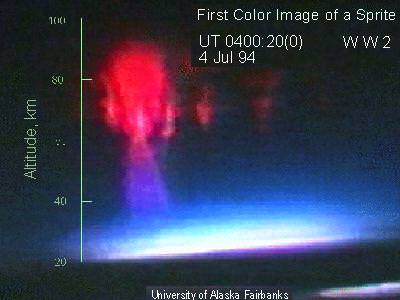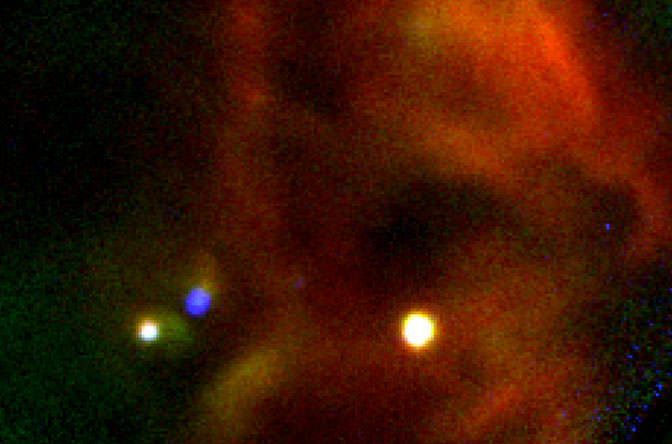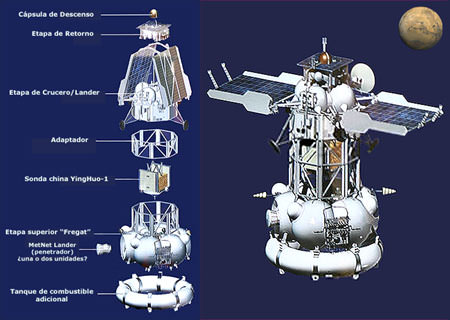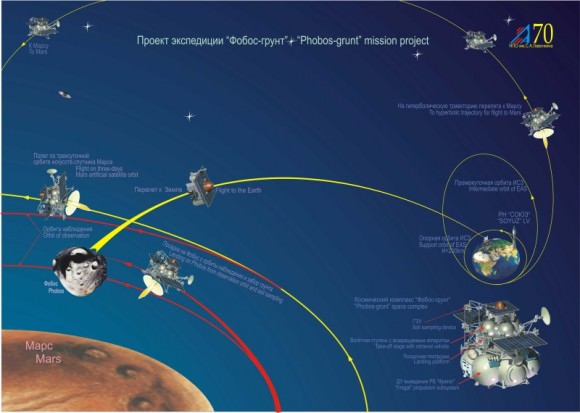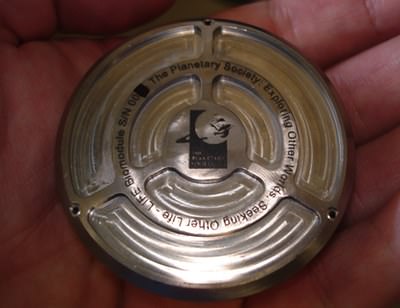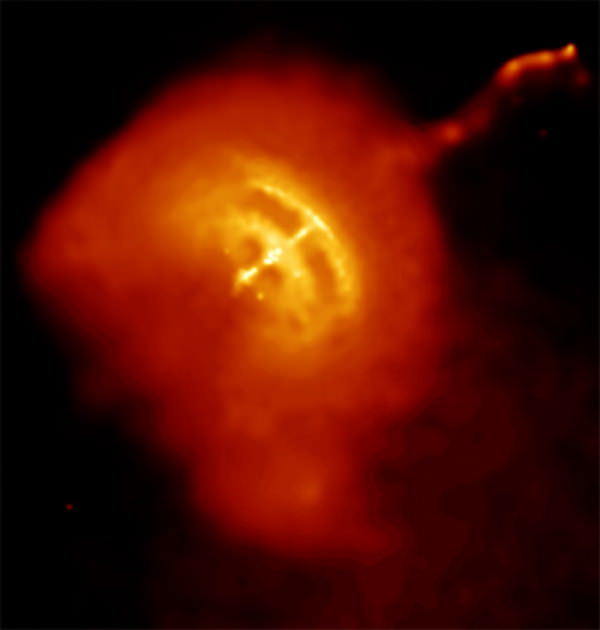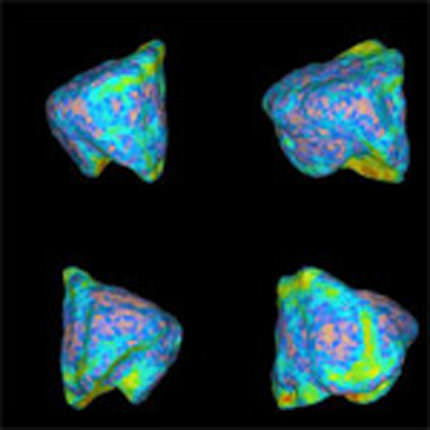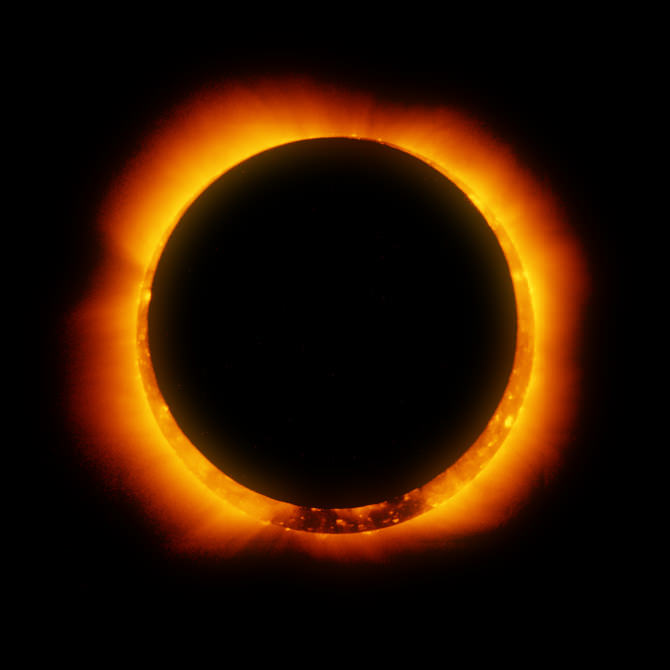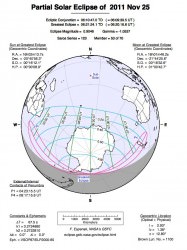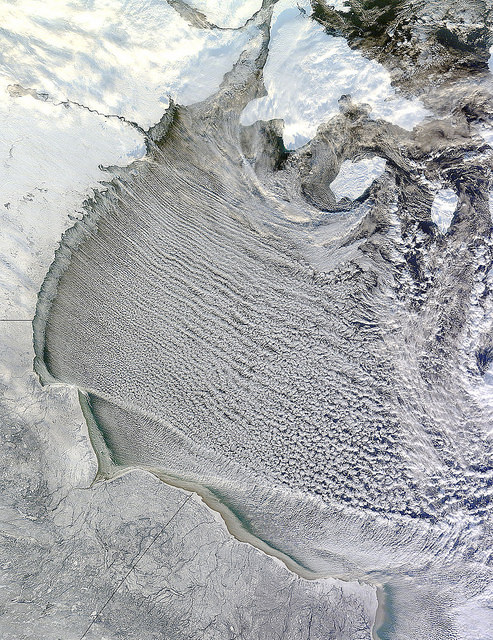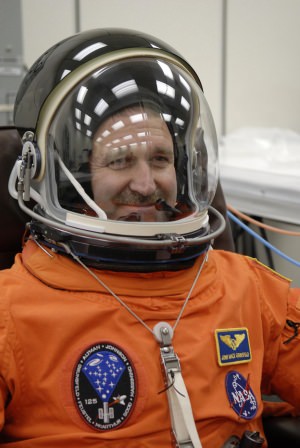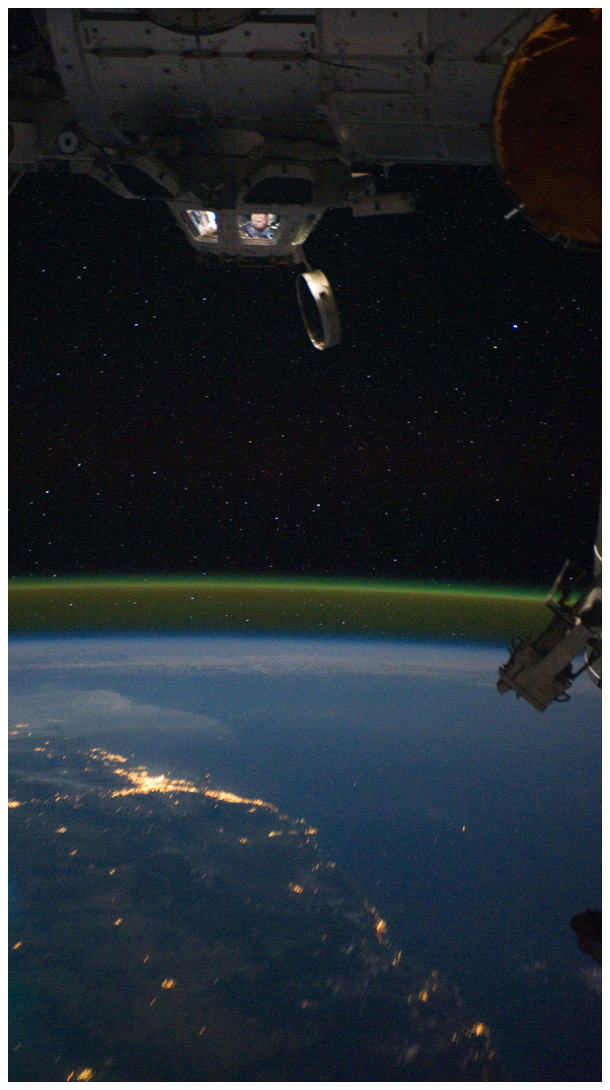[/caption]
In 1989, meteorologists discovered sprites. Not the spirits, elves, or pixies that pepper Shakespearean comedies but their equally elusive electrical namesakes. Lightning sprites are large scale electrical discharges inside the clouds above storms that make the upper atmosphere glow, sort of like a fluorescent lightbulb.
Meteorologists have already determined that sprites likely aren’t unique to Earth. In fact, this elusive form of lightning might be common throughout the solar system. Now, researchers at Tel Aviv University are asking whether the presence of sprites on other planets could indicate the presence of organic material in their atmospheres.

Though not an uncommon phenomena, sprites are incredibly hard to find and observe. They can only be captured with highly sensitive high speed cameras. Sprites occur in the Earth’s Mesosphere, layer between the stratosphere and the thermosphere – about 50 km (31 miles) to 90 km (56 miles) high. At this altitude, the gases that make up our atmosphere are much thinner and unable to hold heat from the Sun making the average temperature a chilly 5°F (-15°C) to as low as -184°F (-120°C).
But gases at this altitude are still thick enough to slow meteors – this is where they burn up and create what we see as meteor showers. Gases in the mesosphere are also thick enough to light up with sprites, providing a window into the composition of our atmosphere. Sprites, which glow reddish-orange, indicate the kinds of molecules present in this layer of the atmosphere.
Lightning isn’t a rare occurrence in our solar system, which leads researchers to suspect sprites might be found on Jupiter, Saturn, and Venus – all planets with the right environment for strong electrical storms. Just like on Earth, sprites found on these planets could open a window in their atmospheric composition, conductivity, and possibly point to the presence of exotic compounds.
Jupiter and Saturn present the most exciting environments. Both gas giants experience lightening storms with flashes more than 1,000 as powerful as those found on Earth. It’s on these planets that Ph.D. student Daria Dubrovin, with her supervisors Prof. Colin Price of Tel Aviv University’s Department of Geophysics and Planetary Sciences and Prof. Yoav Yair at the Open University of Israel, is focussing on.
Dubrovin has re-created these planetary atmospheres in a lab to study the presence of sprites in space. Or, as she describes her work, “We make sprites in a bottle.” She hopes this will provide a new understanding of electrical and chemical processes on other planets.

What’s more, understanding lightning on other worlds could help researchers understand the possibility of life on other worlds. As Dubrovin points out, lightning is commonly accepted as the generator of organic molecules that turned early Earth’s ocean into the life-filled primordial soup. Increased study of lightning on other planets could give another clue into the presence of extraterrestrial life. Their research could easily be applied to exoplanets, not just bodies in our solar system.
A lightning storm on Saturn has Dubrovin pretty excited. It’s currently producing over 100 electrical flashes per second, a rare occurrence even within the planet’s volatile cloud layers. If researchers could successfully gather images of higher altitude sprites from the Cassini spacecraft (currently in orbit around Saturn), it would not only yield information on the storm below but also add to the general knowledge base of sprites and lightning on other planets.
Video of Sprites from the University of Alaska
Source: Tel Aviv University

